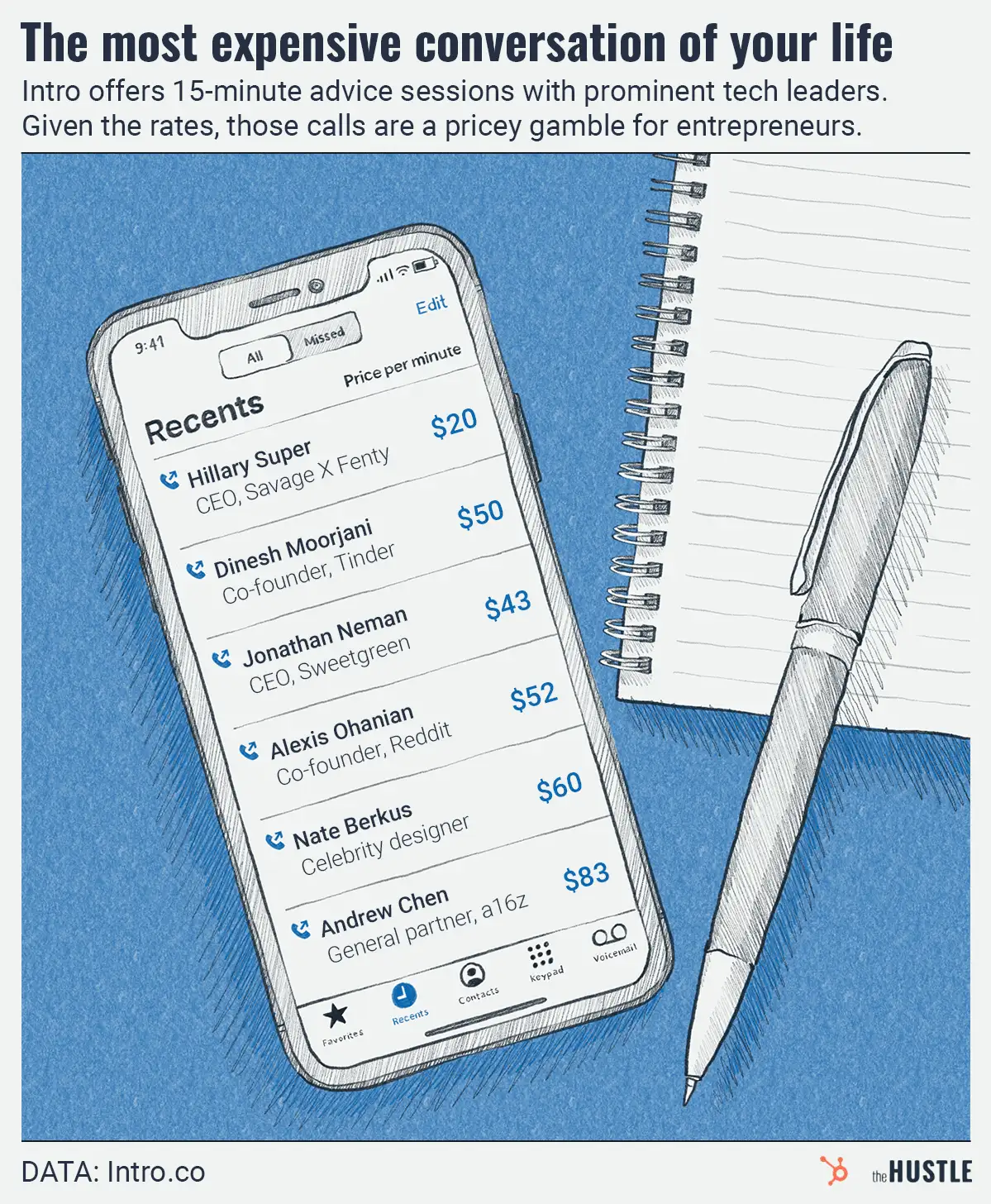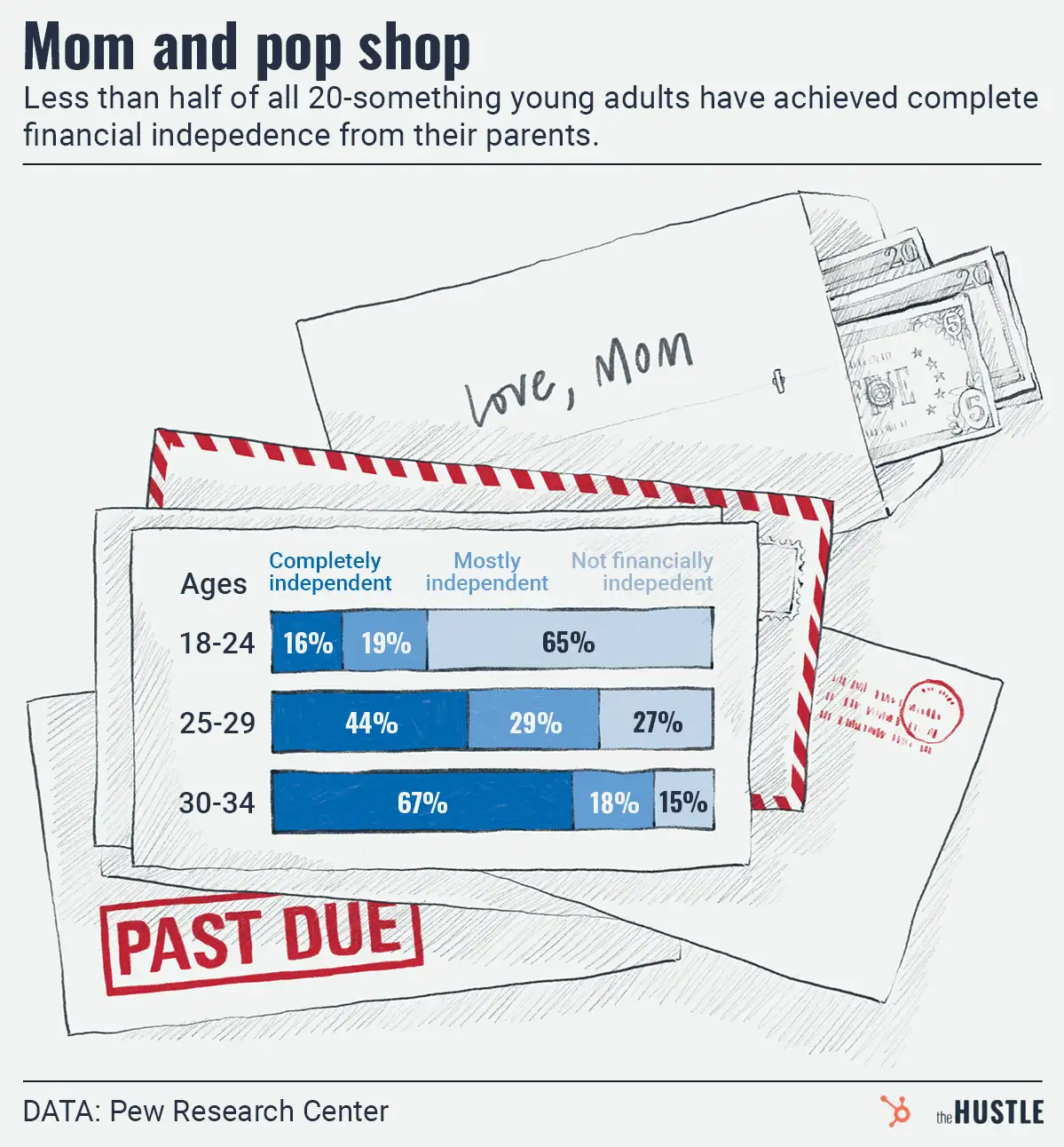Robinhood is having a wild 2021.
The trading app — founded in 2013 to “democratize finance” — has empowered a whole generation of retail traders.
Those traders overwhelmed the app during the Reddit-fueled GameStop frenzy earlier this year. Just to keep the lights on, Robinhood had to raise $3.5B in emergency loans.
Well, Robinhood survived
And — last Thursday — it officially filed its S-1 paper for an IPO, with plans to trade under the ticker $HOOD. Per CNBC, it’s seeing significant growth:
- Funded accounts reached 18m vs. 7.2m in March 2020 (+151%)
- Assets under custody are $80B vs. $19.2B in March 2020 (+417%)
- Revenue hit $522m in Q1 2021 vs. $128m in Q1 2020 (+309%)
More than 60% of its sales ($331m) come from the payment for order flow (PFOF), where Robinhood directs trades (e.g., equities, options) to market makers like Citadel Securities.
While a common practice in the stock market…
… PFOF is criticized for “lack of transparency.” This isn’t the only part of Robinhood’s business that is under the microscope.
The startup paid a record $70m fine to US finance regulator FINRA a day (!!!) before filing its IPO papers.
FINRA says Robinhood has caused “significant harm” to its customers, including the enabling of risky trading (via options) and misleading info around other trading tools (margin lending).
Robinhood is on pace for $2B+ in sales for 2021
That’s more than 2x last year’s take and a driving force behind a potential $40B+ valuation.
Robinhood notes a few interesting risks to its business prospects, though:
- Class-action lawsuits related to actions the startup took to restrict trading during the GameStop episode (the Feds seized Robinhood CEO Vlad Tenev’s cell phone during a related investigation).
- Dogecoin — the meme crypto asset — accounted for ~6% of company revenue in Q1 2021. Robinhood could take a hit “if the markets for dogecoin deteriorate” (this is actually in the S-1).
Like we said: Robinhood is having a wild 2021.












